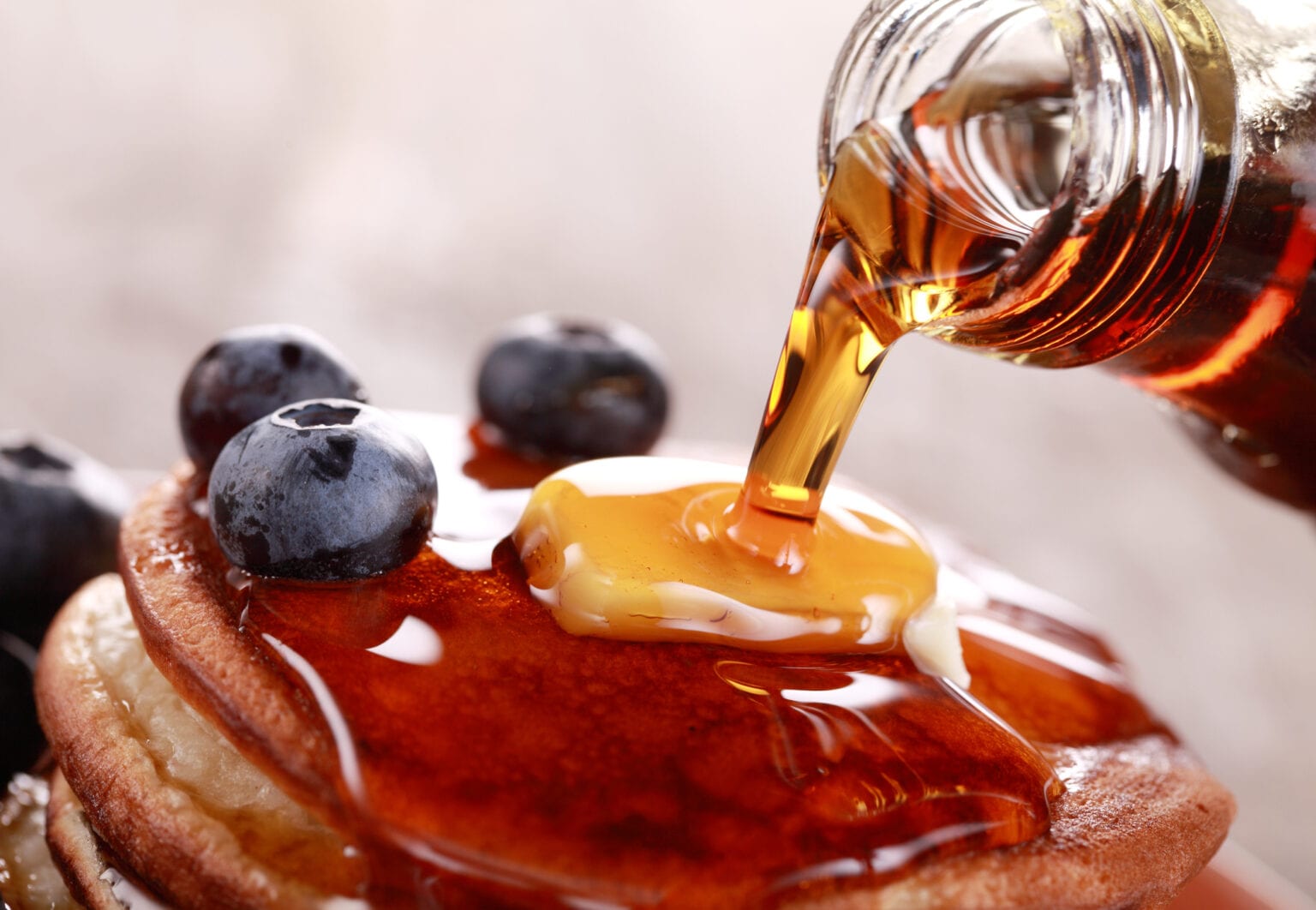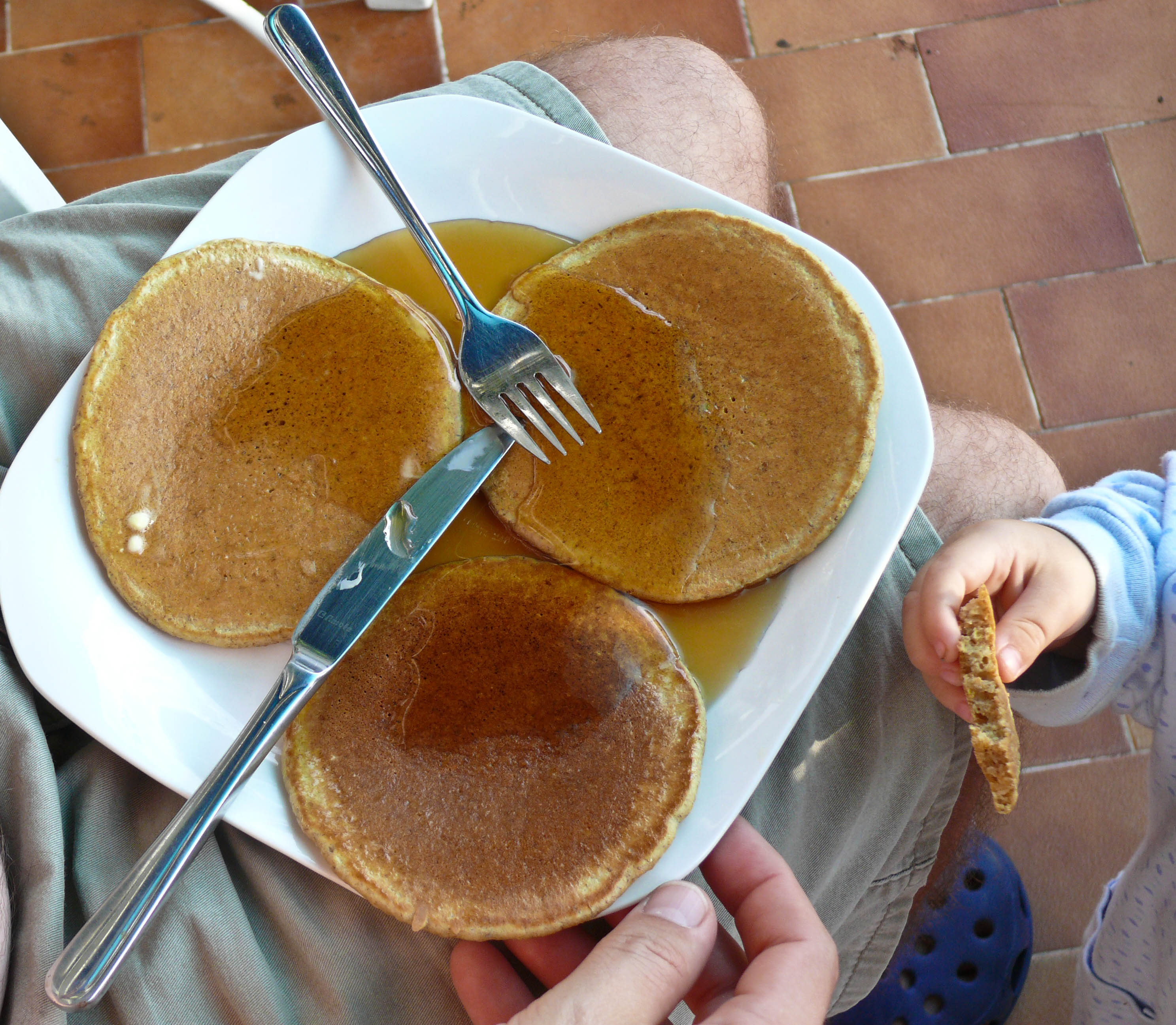Step into the vibrant culinary world of Spanish cuisine, where syrup in spanish language, known as “jarabe,” takes center stage. This versatile ingredient has a rich history, diverse flavors, and a significant cultural presence. From traditional recipes to modern culinary creations, syrup adds a touch of sweetness and complexity to a wide range of dishes.
As we delve into the world of syrup in spanish language, we will explore its origins, types, production methods, culinary uses, health implications, and cultural significance. Get ready for a sweet and informative journey!
Definition and Etymology
The Spanish word for syrup is “jarabe.” It comes from the Arabic word “sharab,” which means “drink.” The word “syrup” entered the English language in the 14th century from the Old French word “sirop,” which was borrowed from the Arabic word “sharab.”
Origin and Etymology
The word “syrup” is derived from the Greek word “sirupos,” which means “sweet drink.” The word “sirupos” is itself derived from the verb “sirein,” which means “to sip.” The word “syrup” was first used in English in the 14th century.
Types of Syrup

Syrups are thick, sweet liquids made by dissolving sugar in water or other liquids. They are commonly used as sweeteners, flavorings, and toppings in a variety of dishes and beverages. In Spanish-speaking countries, there are several types of syrup that are widely used, each with its own unique characteristics, flavors, and uses.
- Piloncillo: Piloncillo is a type of unrefined cane sugar that is shaped into cones or blocks. It has a dark brown color and a rich, molasses-like flavor. Piloncillo is often used as a sweetener in beverages such as coffee, tea, and atole.
It can also be used as a topping for desserts such as churros and buñuelos.
- Melado: Melado is a type of molasses that is made from the sugarcane juice after it has been boiled down. It has a dark brown color and a thick, sticky consistency. Melado is often used as a sweetener in baked goods such as cookies, cakes, and bread.
It can also be used as a topping for pancakes, waffles, and ice cream.
- Miel de caña: Miel de caña is a type of cane honey that is made from the sugarcane juice after it has been boiled down and filtered. It has a light amber color and a sweet, mild flavor. Miel de caña is often used as a sweetener in beverages such as coffee, tea, and lemonade.
It can also be used as a topping for desserts such as fruit salads and yogurt.
- Jarabe de agave: Jarabe de agave is a type of agave syrup that is made from the sap of the agave plant. It has a light amber color and a sweet, slightly floral flavor. Jarabe de agave is often used as a sweetener in beverages such as coffee, tea, and smoothies.
It can also be used as a topping for desserts such as pancakes, waffles, and ice cream.
Production and Ingredients
Syrup production involves a series of steps that transform raw materials into the final product. It begins with harvesting the primary ingredient, which is typically sugar beet or sugarcane. These crops are harvested during their respective growing seasons and transported to processing facilities.Once
at the facility, the harvested crops undergo a series of processes to extract the sugar content. For sugar beet, this involves slicing the beets into thin strips and extracting the juice through a process called diffusion. In the case of sugarcane, the stalks are crushed to extract the juice.The
extracted juice is then purified and concentrated through a process of evaporation. This involves heating the juice to remove excess water, resulting in a thick, concentrated syrup.The final step in syrup production is the addition of flavorings and other ingredients.
Common flavorings include vanilla, maple, and fruit extracts. Other ingredients, such as corn syrup or glucose, may also be added to adjust the sweetness or consistency of the syrup.
Culinary Uses

Syrup, a versatile sweetener, finds widespread application in Spanish cuisine, both as an ingredient and a topping. It adds sweetness, moisture, and a distinct flavor to various dishes.
As an Ingredient
Spanish cuisine incorporates syrup into traditional recipes to enhance flavors and textures. For instance, “Torrijas”, a popular dessert, involves soaking bread in a mixture of milk, eggs, and syrup, resulting in a delectable treat.
As a Topping
Syrup serves as a delectable topping for a variety of dishes. “Churros”, a beloved Spanish breakfast pastry, is often paired with syrup for dipping, adding a touch of sweetness to the crispy exterior.
As a Sweetener
Syrup is a natural sweetener used in numerous Spanish dishes. It can be incorporated into beverages like “Horchata”, a refreshing drink made from tiger nuts and sweetened with syrup, or used as a glaze for pastries, imparting a glossy sheen and irresistible sweetness.
Health and Nutritional Value
Syrup is a high-calorie food, primarily composed of sugar. Excessive consumption can contribute to weight gain and other health concerns, including increased risk of dental caries, obesity, and type 2 diabetes.
Traditionally, in Spanish-speaking cultures, syrup has been used as a home remedy for various ailments. It is believed to soothe sore throats, alleviate coughs, and provide temporary relief from digestive issues like constipation.
Nutritional Information, Syrup in spanish language
The nutritional value of syrup varies depending on the type and ingredients used. However, a typical serving of corn syrup, a common type used in commercial products, contains approximately:
- Calories: 60-70
- Carbohydrates: 17-18 grams
- Sugar: 16-17 grams
Other types of syrup, such as maple syrup, may have slightly different nutritional profiles due to the presence of additional nutrients and antioxidants.
Cultural Significance
In Spanish-speaking countries, syrup holds a significant cultural place, deeply ingrained in culinary traditions and folklore. It is a cherished ingredient, a symbol of warmth, comfort, and indulgence.
Historically, syrup has been an indispensable part of Spanish cuisine. During the Middle Ages, the Moors introduced sugar to the Iberian Peninsula, and syrup quickly became a staple ingredient in desserts and beverages. Over time, it became an integral part of Spanish culinary identity, featuring prominently in classic recipes passed down through generations.
Traditional Uses
Syrup has played a vital role in Spanish festivities and celebrations. It is often used to sweeten traditional desserts such as churros, buñuelos, and torrijas. In many regions, syrup is an essential ingredient in horchata, a refreshing beverage made with tiger nuts and cinnamon.
Beyond its culinary significance, syrup also holds cultural importance. It is often associated with childhood and family gatherings. The aroma of freshly made syrup evokes memories of cozy kitchens and warm family moments.
Epilogue: Syrup In Spanish Language

Our exploration of syrup in spanish language has unveiled its multifaceted nature. From its ancient origins to its modern culinary applications, syrup has played a vital role in Spanish cuisine and culture. Whether used as a sweetener, glaze, or medicinal remedy, syrup continues to tantalize taste buds and enrich culinary traditions.
As we bid farewell to this delectable topic, let us savor the sweet memories and continue to appreciate the versatility and significance of syrup in spanish language.
Essential FAQs
What is the Spanish word for syrup?
Jarabe
What are the common types of syrup used in Spanish cuisine?
Sugar syrup, honey syrup, agave syrup, fruit syrup
How is syrup typically used in Spanish dishes?
As a sweetener in desserts, as a glaze for pastries, as a topping for fruits and pancakes